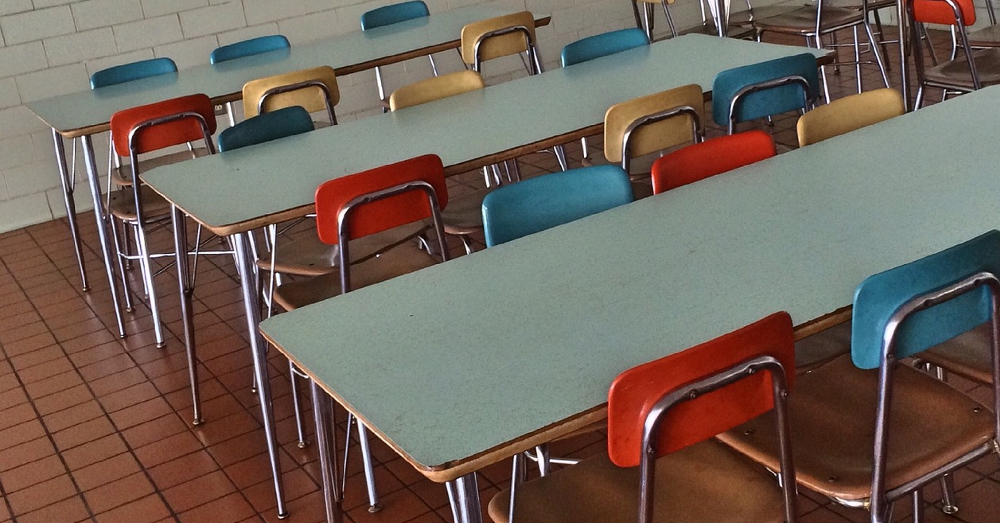
Farm-To-School Movement Fights for a Foothold in Corn Belt Cafeterias
School districts serve lunch to 30.4 million students a day through the USDA’s National School Lunch Program (NSLP). The NSLP provides cash subsidies and USDA foods to enrolled schools, which in turn provide free and low-cost meals for qualifying students. In total, meals served through the NSLP amount to as many as 5 billion per year.
August 5, 2017 | Source: In These Times | by Emeline Posner
As the movement for a local and ethical food system continues to gain traction, school food is slowly but surely becoming a focus in the fight for change.
School districts serve lunch to 30.4 million students a day through the USDA’s National School Lunch Program (NSLP). The NSLP provides cash subsidies and USDA foods to enrolled schools, which in turn provide free and low-cost meals for qualifying students. In total, meals served through the NSLP amount to as many as 5 billion per year.
Due to the program’s scale and the influence of Big Ag interests, the lion’s share of food served through the NSLP has typically been sourced from large-scale producers, transported from afar and heavily processed. The resulting meals are often less than nutritious. In 2009, the ground beef the USDA bought from five major meatpackers and distributed through the program failed to meet the quality standards of most fast food restaurants.
But two initiatives, the farm-to-school movement and the Good Food Purchasing Policy (GFPP), a nonprofit-backed policy initiative, are challenging this lunchroom reality, and working to transform the food chain status quo.
The numbers look promising: the Chicago Public School Board voted to implement the GFPP in July, the first city district outside of California to do so, and 42 percent of school districts nationwide are participating in farm-to-school programming, according to the 2015 USDA Farm to School Census.
